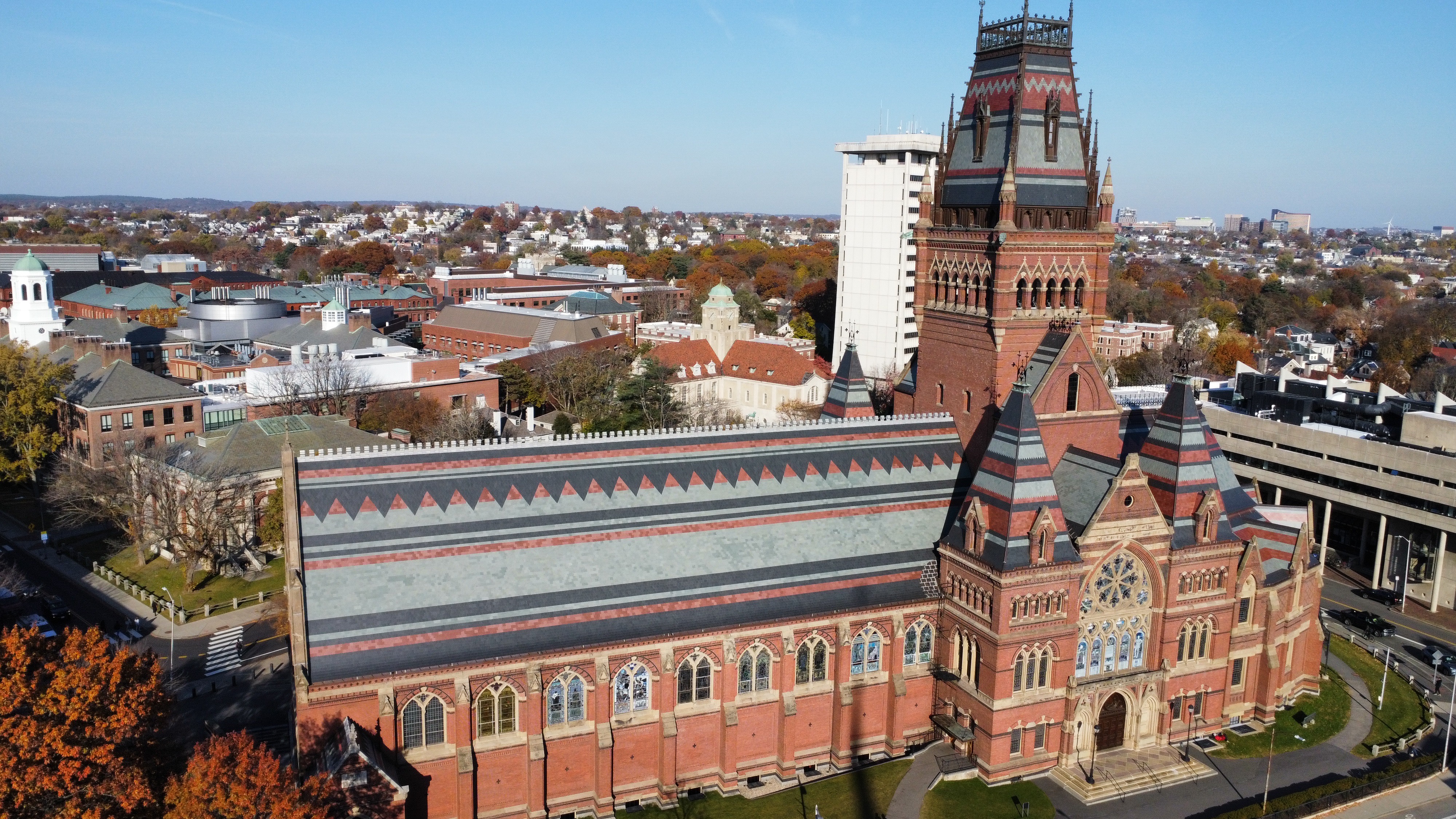By Michelle N. Amponsah and Emma H. Haidar
When members of the Harvard College Class of 2027 filled out their college applications last fall, they did so while the nation anticipated the Supreme Court's impending ruling over Harvard's race-conscious admissions policies.
The Supreme Court's decision ending affirmative action in higher education reversed nearly 50 years of precedent, forcing Harvard's admissions office back to the drawing board. The Court's decision also drew greater scrutiny over one of Harvard's long-standing admissions policies — legacy preferences.
- Legacy admissions are also largely unpopular with Harvard's freshman class. Approximately 63 percent of students who responded to The Crimson's annual freshman survey reported that they do not support legacy admissions.
- When asked if any of their relatives attended Harvard or Radcliffe, just over 75 percent of respondents said they do not have relatives that attended Harvard or Radcliffe.
- Of those with no legacy connections, 66 percent responded that they do not support legacy admissions, while 55 percent of those with legacy connections to the College reported they do not support legacy admissions.
Preferences in the admissions process for children of alumni and donors have been criticized by Supreme Court justices, President Joe Biden, and politicians across the aisle. The Department of Education opened a civil rights investigation into Harvard's use of legacy preferences in July in response to a complaint filed by Lawyers for Civil Rights and three other organizations.
Harvard's top administrators have addressed criticisms of legacy preferences in the last few months.
"Everything is on the table," University President Claudine Gay said in an October interview in response to questions about potential changes to Harvard's admissions policies.
However, Gay did not specify whether legacy preferences would be removed.
Affirmative Action and Diversity
The ultimately successful suit brought by anti-affirmative action group Students for Fair Admissions sparked a nationwide debate about Harvard’s admissions practices.
- The majority of Harvard’s freshman class who responded to The Crimson’s annual survey support affirmative action policies in the admissions process.
- Roughly two-thirds of the Class of 2027 — 66.5 percent of respondents — support the use of affirmative action in college admissions, while 14.7 percent of respondents are not in favor of affirmative action policies. Nearly 19 percent remain unsure.
- Approximately 86 percent of respondents said Harvard should strive for racial diversity in college admissions. Nearly 10 percent of respondents said they were unsure, while the remaining 4.7 percent disagreed.
- Nearly 85 percent of freshmen surveyed said they did not feel pressure to mention their racial identity in their college application.
The Supreme Court moved to strike down the use of affirmative action in June, though the decision did not ban the consideration of race in university admissions altogether.
The Crimson’s survey of the Class of 2027 found that a substantial portion of students discussed their racial identity within essays — it remains to be seen whether this trend will continue into future classes under the backdrop of the Supreme Court decision.
- Around 39 percent of respondents mentioned their racial identity in their college application essays, while roughly three-fifths of respondents — 61.3 percent — did not.
- Of those who did mention their racial identity in their application essay, 97.6 percent of freshmen said they did not intentionally misrepresent themselves at any point in the college admissions process.
- About 30 percent of respondents who reported annual family incomes greater than $500,000 hired a counselor not employed by their high school. Of those with family incomes of $250,000 to $499,000, 18.7 percent indicated the same, followed by 17.9 percent of students with family incomes of $125,000 to $249,000. Approximately 6 to 7 percent of respondents with annual family incomes less than $124,000 utilized a private college admissions counselor.
Affording College
In recent years, Harvard has expanded its financial aid offerings to incoming students. For the second consecutive year, the College raised the threshold for free attendance to $85,000 for the 2023-24 academic year as the cost of attendance rose by 3.5 percent.
- Among respondents, 13.4 percent reported annual family incomes of $500,000 or higher, 13.8 percent reported between $250,000 and $499,000, 19.4 percent between $125,000 and $249,000, 12.5 percent between $80,000 and $124,000, 12.7 percent between $40,000 and $79,999, and 10.3 percent of respondents reported family incomes under $40,000. Approximately 18 percent said they preferred not to say.
- While 22.5 percent of respondents reported receiving full financial aid from the College, 35.2 percent reported receiving partial financial aid. Roughly 42 percent responded that they do not receive financial aid from the College.
- When asked their opinion on the amount of aid, 59.3 percent of respondents said the College provides just the right amount of aid.
- Approximately 40 percent said Harvard does not provide enough aid and 1 percent said the College provides too much aid.
Before Harvard
- Approximately 16 percent of respondents indicated that they are the first generation in their family to go to college, while 84.1 percent of respondents are not.
- Of respondents who said they attended public non-charter high schools, 41.4 percent identify as white, around 10.7 percent are Black, 7.7 percent are South Asian, 24.6 percent are Asian American, and 8.7 are Latinx students.
- Respondents who attended private non-religious high schools were mostly white-identifying at 35.1 percent, followed by Asian American at 27.6 percent, 13.2 percent Black, and 8.3 percent Latinx.
- Respondents whose annual family income totals $500,000 or higher were more likely to report that they attended private non-religious or religious schools.
- Of students in the Class of 2027 who reported annual family incomes of less than $40,000, 13.8 percent said they attended public charter schools while 10.6 percent attended public non-charter schools. Just 6.3 percent reported attending private religious high schools.
Staff writer Michelle N. Amponsah can be reached at michelle.amponsah@thecrimson.com. Follow her on X @mnamponsah.
Staff writer Emma H. Haidar can be reached at emma.haidar@thecrimson.com. Follow her on X @HaidarEmma.
